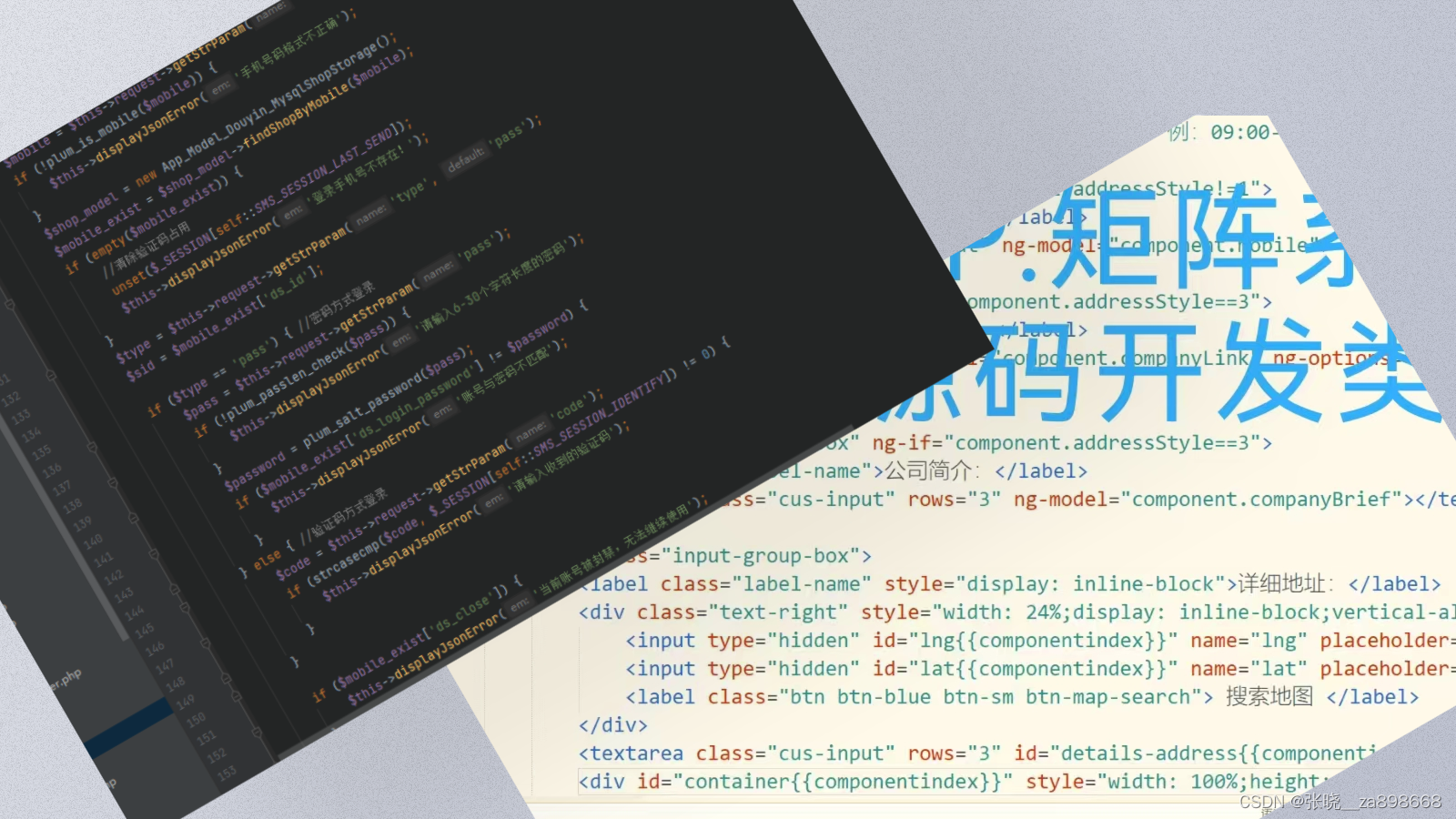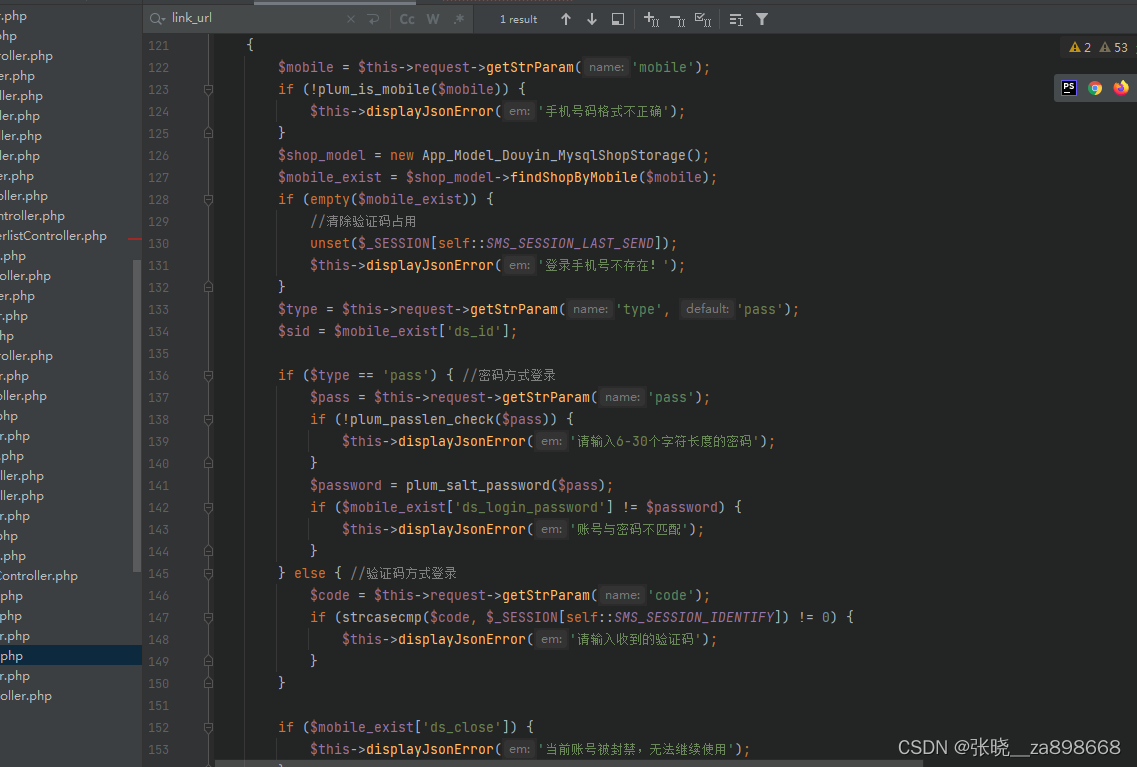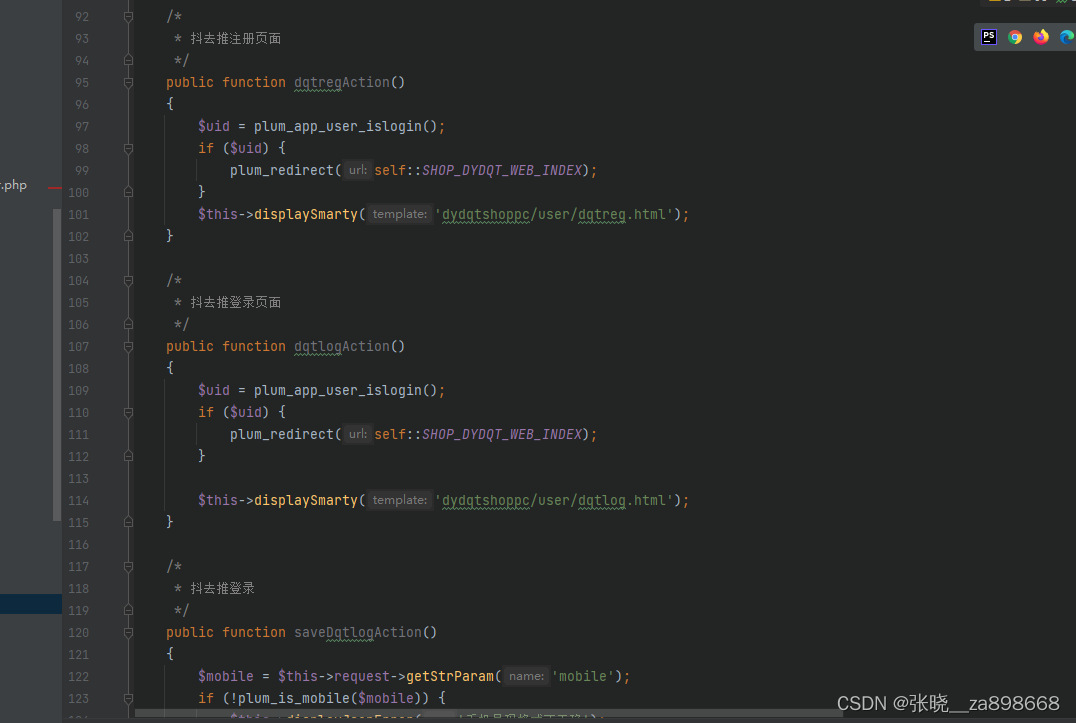目录
一、 短视频矩阵系统源码搭建部署分享
很高兴能够帮助您,以下是短视频矩阵系统源码搭建部署分享:

-
安装环境
短视频矩阵系统源码需要以下环境:
- PHP 7.0 及以上
- MySQL 5.5 及以上
- Nginx / Apache
- Redis
- FFMpeg
-
下载源码
从官网下载最新版本的短视频矩阵系统源码,并解压到服务器的网站目录下。命令如下:
wget https://download.open.renren.io/renren-fast-v1.5-opensource.zip
unzip renren-fast-v1.5-opensource.zip
mv renren-fast-v1.5-opensource /var/www/html/renren-fast
-
安装依赖
在解压的目录下执行以下命令安装依赖:
cd renren-fast
composer install
-
配置数据库
在 MySQL 中创建一个数据库,并创建一个用户,授权该用户访问该数据库。修改 application-dev.yml(开发环境)或 application-prod.yml(生产环境)文件中的数据库相关配置,包括数据库名、用户名和密码。
-
配置 Redis
修改 application-dev.yml 或 application-prod.yml 文件中的 Redis 相关配置,包括主机地址和端口号。
-
配置 FFMpeg
将 FFMpeg 安装到服务器上,并将其路径添加到系统的环境变量中。在 application-dev.yml 或 application-prod.yml 文件中配置 FFMpeg 的路径。
-
配置 Nginx / Apache
在 Nginx 或 Apache 中配置伪静态规则,以支持短视频矩阵系统的 URL 美化和 SEO。
-
启动服务
在服务器上启动 PHP 和 Redis 服务。在网站目录下执行以下命令启动短视频矩阵系统:
php think run
至此,短视频矩阵系统源码的搭建部署就完成了。您可以访问服务器上的网站地址,查看短视频矩阵系统是否正常运行。
二、短视频矩阵系统搭建功能设计
(1)数据概览:账号,视频top10数据统计
(2)AI视频创意:原创视频批量剪辑,阶乘算法,去重原理
(3)同城拓客:线下门店曝光,POI团单转化
(4)账号矩阵运营:多平台多账号授权管理,抖音,快手,B站,小红书,好看视频
(5)企业号矩阵运营:抖音企业号多账号管理,私信,群聊消息接收,回复,意向客户管理,互动记录统计,智能客服7*24小时触达
(6)小程序管理:抖音小程序申请,配置,留资表单配置,线索收集,线索实时推送
(7)短视频seo:智能优化任务,账号,视频关键词排名查看
(8)AI智能助手,chatGpt接入,文案,脚本自动生成

三、 抖音矩阵号矩阵系统功能设计原则
1. 抖音账号矩阵系统搭建首先需要注意的是支持多平台,多账号,可以实现流量互通
2. 抖音账号矩阵系统需要可以查看分发内容的相关数据,如:播放量、点赞量、分享量、转发量等,可以根据筛选条件查看各个账号下各时间段行为表现,如近7天、近15天,近30天数据行为分析,方便通过数据表现对账号及输出内容做优化调整
3. 内容标题多元化、多样化,在输出不同平台内容时,还需要分析平台规则,根据规则及用户检索习惯,设置内容标题,实现不同平台的关键词侵占,达到用户搜索立即触达的效果
4. 用户消息及时触达,如抖音短视频平台,我们做了单平台多账号的矩阵式内容分发,在员工无法及时触达客户评论及意向客户时,系统还需要能够根据用户评论内容在我们我发及时回复时能够快速准确的响应,防止意向线索流失
当然,这些功能针对于矩阵号运营只能说是基础,可能还会有更多更丰富的玩法,也欢迎各位小程序坪论区或私信沟通交流。
四、 短视频矩阵开发部分源码展示



$row = self::$register_model->getRow(self::$sr_where);
if ($row) {
// $row['status'] = 3;
$thirdInfo = $this->getCateById($row['sr_category_code']);
$secondInfo = $this->getCateById($thirdInfo->Spid);
$firstInfo = $this->getCateById($thirdInfo->Fpid);
$row['cate_name'] = $firstInfo->Name . '-->' . $secondInfo->Name . '-->' . $thirdInfo->Name;
$row['sr_registered_province_name'] = $this->area_obj->findCityNameByCode($row['sr_registered_province_code'])[0]['aa_name'];
$row['sr_registered_city_name'] = $this->area_obj->findCityNameByCode1($row['sr_registered_city_code']);
$province_id = $row['sr_province_id'];
$city_id = $row['sr_city_id'];
$third_id = $row['sr_category_code'];
$second_id = $thirdInfo->Spid;
$first_id = $thirdInfo->Fpid;
} else {
$province_id = 0;
$city_id = 0;
$third_id = 0;
$second_id = 0;
$first_id = 0;
}
$this->output['third_id'] = $third_id;
$this->output['second_id'] = $second_id;
$this->output['first_id'] = $first_id;
$this->output['province_id'] = $province_id;
$this->output['city_id'] = $city_id;
$this->output['row_info'] = $row;
$this->displaySmarty('dydqtshoppc/register/register.html');总结:
以上就是小编分享的视频剪辑部分源码开发部署流程及相关内容,更多开发经验及开发思路,欢迎各位开发者指导。























 1653
1653











 被折叠的 条评论
为什么被折叠?
被折叠的 条评论
为什么被折叠?








